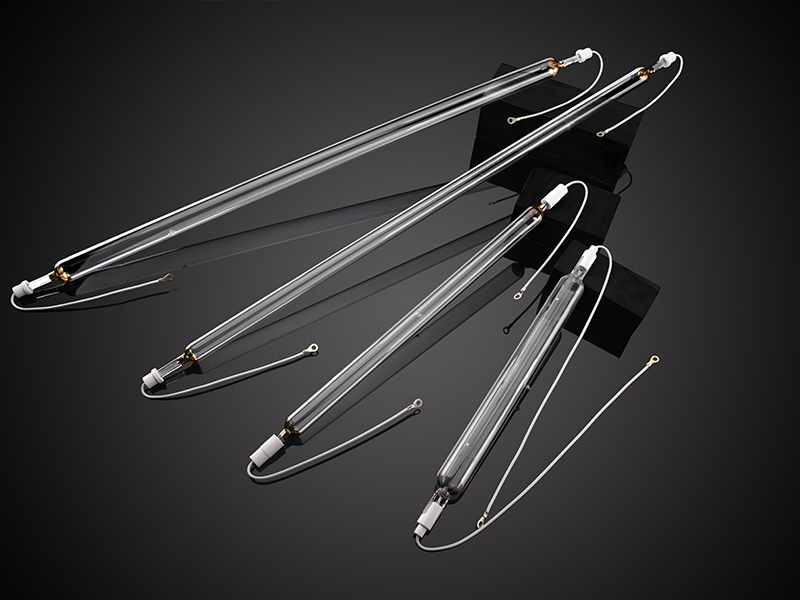-
Tel: +86 0755-2616-2525
-
Committed to the research of industrial UV system 13 years
UV Digital Power Supply: Revolutionizing Ultraviolet Light Applications
UV Digital Power Supply: Revolutionizing Ultraviolet Light Applications
Jan 16, 2024
Introduction:
The UV digital power supply represents a cutting-edge technological advancement in the field of ultraviolet (UV) light applications. This article delves into the key features, functionalities, and applications of UV digital power supplies, highlighting their role in diverse industries and their impact on precision UV light control.
Key Features:
UV digital power supplies are designed to provide precise control over ultraviolet light sources, offering advanced features such as digital modulation, wavelength tuning, and intensity adjustment. These power supplies leverage digital technologies to enhance accuracy and reliability in UV light generation, making them invaluable tools for applications requiring stringent control parameters.
Functionality:
The core functionality of a UV digital power supply involves converting electrical energy into a stable and controllable UV light output. These power supplies often incorporate digital interfaces and control panels, allowing users to manipulate various parameters such as intensity, duration, and wavelength with high precision. Digital modulation capabilities enable dynamic adjustments for specific applications.
Applications:
UV digital power supplies find applications across a wide spectrum of industries. In UV curing processes, these power supplies ensure precise control over the curing intensity, leading to improved efficiency in industries like printing, coating, and adhesive bonding. In UV disinfection applications, digital power supplies enable tailored disinfection protocols, enhancing the effectiveness of sterilization processes in healthcare and water treatment.
Advancements in UV Technology:
The integration of digital control in UV power supplies represents a significant advancement in ultraviolet technology. This allows for real-time monitoring and feedback, facilitating automation and remote control. Researchers are continually exploring ways to enhance the efficiency and versatility of UV digital power supplies, including the development of compact and energy-efficient models.
Challenges and Solutions:
While UV digital power supplies offer numerous advantages, challenges such as heat dissipation and maintaining stable output over extended periods need to be addressed. Ongoing research focuses on optimizing cooling mechanisms and developing robust components to ensure the reliability of UV power supplies in demanding applications.
Future Trends:
As UV technology continues to evolve, the future holds exciting possibilities for UV digital power supplies. Advancements may include the integration of artificial intelligence for smart UV light control, further miniaturization of components, and increased energy efficiency. These trends are expected to broaden the scope of UV applications and improve the overall effectiveness of UV digital power supplies.

Conclusion:
The advent of UV digital power supplies marks a significant leap forward in precision UV light control. With applications ranging from curing processes to disinfection, these power supplies contribute to increased efficiency and customization in various industries. As technology advances, the continued refinement of UV digital power supplies promises to redefine the landscape of UV light applications, opening doors to new possibilities and innovations.

 Russian
Russian Portugal
Portugal German
German Japan
Japan